[caption id="attachment_1003722628" align="aligncenter" width="470"]
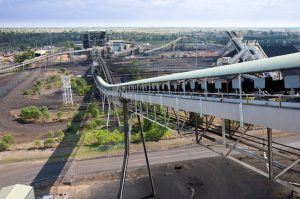 Conveyor at the Kestrel coal mine recently sold by Rio Tinto. (Image: Rio Tinto plc)
Conveyor at the Kestrel coal mine recently sold by Rio Tinto. (Image: Rio Tinto plc)[/caption]
One of the largest miners in the world, Australia’s
Rio Tinto plc, is shedding its coal assets at a surprising rate over the last year. To wit:
- Rio divested its interest in its wholly-owned subsidiary Coal & Allied Industries in September 2017 for $2.69 billion (all figures in U.S. dollars). Chief among the group’s holdings was 67.6% of the Hunter Valley operations, 80% of the Mount Thorley mine, 55.6% of the Warkworth mine, and a 36.5% interest in Port Warataw Coal Services.
- Rio agreed to sell its 82% interest in the Hail Creek mine and its 71.2% interest in the Valera project to Glencore for $1.7 billion last month.
- Again last month, Rio announced the sale of the Winchester South development project to Whitehaven Coal for $200 million.
- Finally in March 2018, Rio agreed to sell its Kestrel coal mine to EMR Capital and PT Adaro Energy Tbk.
And that takes coal participation out of Rio Tinto’s portfolio. The question is why? Does Rio see such poor future prospects for coal that this is a long term strategy?
It would seem that the company has cut itself out of the coal industry while the coal industry remains viable. Its interest in primarily thermal coal projects went last year with the Coal & Allied sale. This year will see the company step away from the remainder of its coal interests.
The question is how much longer will coal be part of the Earth’s energy mix as the need to reduce climate change becomes critical. One might have to look 50 years or more into the future to see the end of coal mining, but the move may be inevitable.
There are other reasons Rio could want out of the coal business. The company has pledged to shed its under-performing assets, return money to stockholders, and reduce its debt. These are noble goals if one is a shareholder.
Rio has also promised to consider climate change and future energy scenarios in its strategic positioning of its business. The company estimated that its customers who produce steel generated 529 million tonnes of carbon dioxide in 2017. Its coal customers in the steel and electricity sectors together generated 70 million tonnes of carbon dioxide, a 31% reduction from 2016. (There is some overlap in the numbers for steelmakers as some of them buy both coal and iron ore for their smelters.)
For Rio Tinto to forego any income from coal is a big step – and one that could be seen as the company’s ultimate commitment to a cleaner and sustainable world.
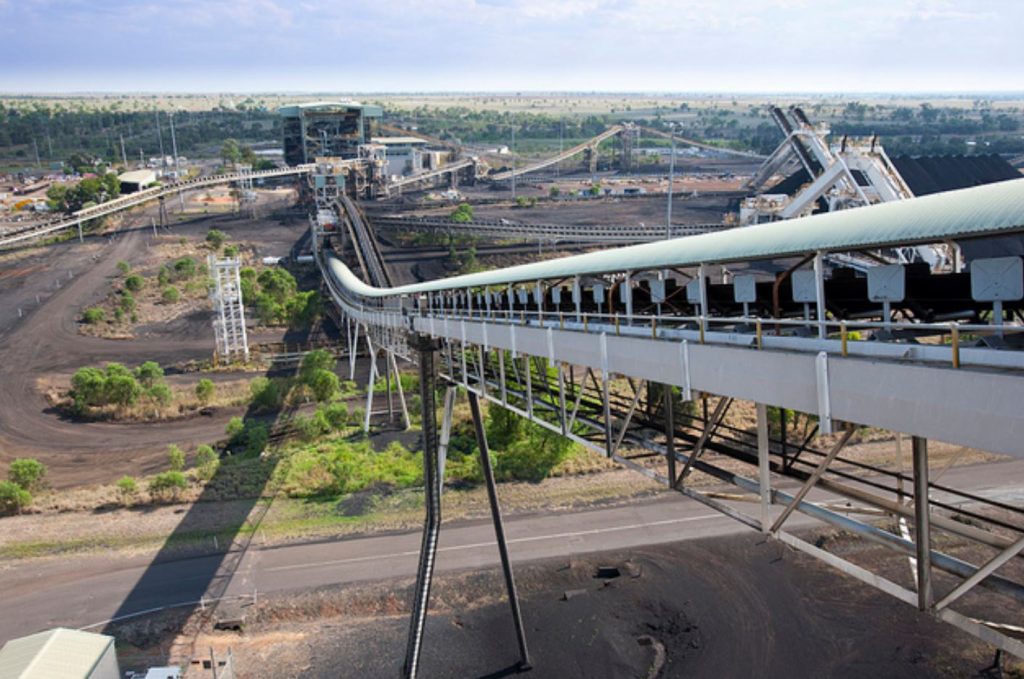
 Conveyor at the Kestrel coal mine recently sold by Rio Tinto. (Image: Rio Tinto plc)[/caption]
One of the largest miners in the world, Australia’s Rio Tinto plc, is shedding its coal assets at a surprising rate over the last year. To wit:
Conveyor at the Kestrel coal mine recently sold by Rio Tinto. (Image: Rio Tinto plc)[/caption]
One of the largest miners in the world, Australia’s Rio Tinto plc, is shedding its coal assets at a surprising rate over the last year. To wit:
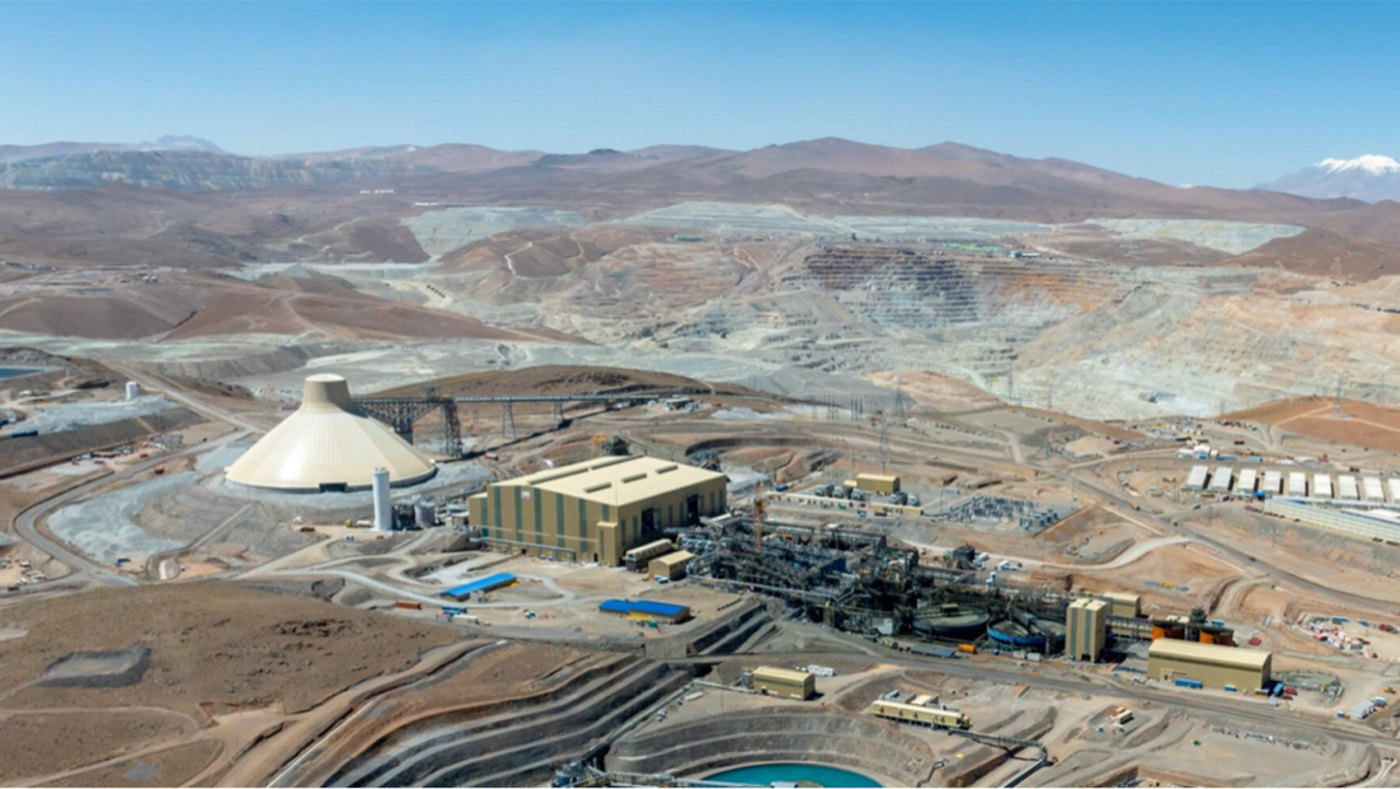
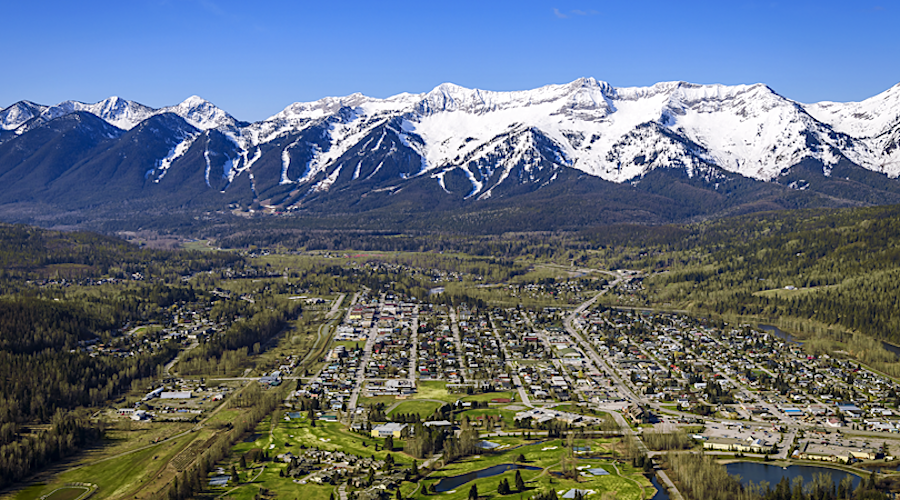
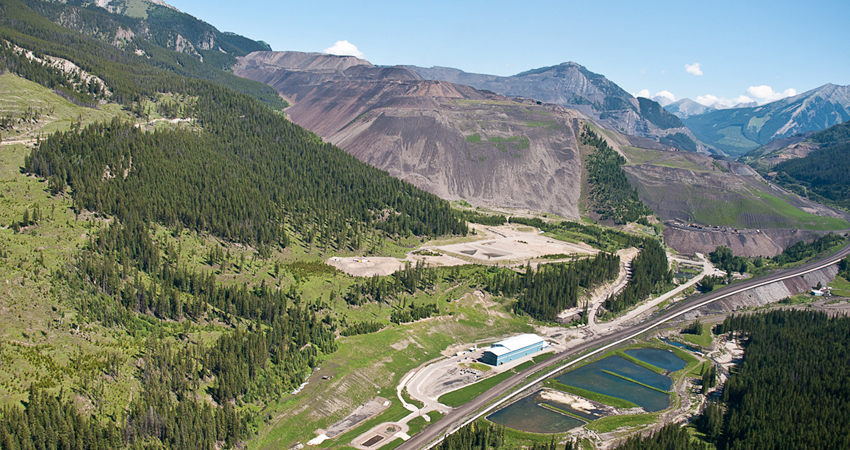
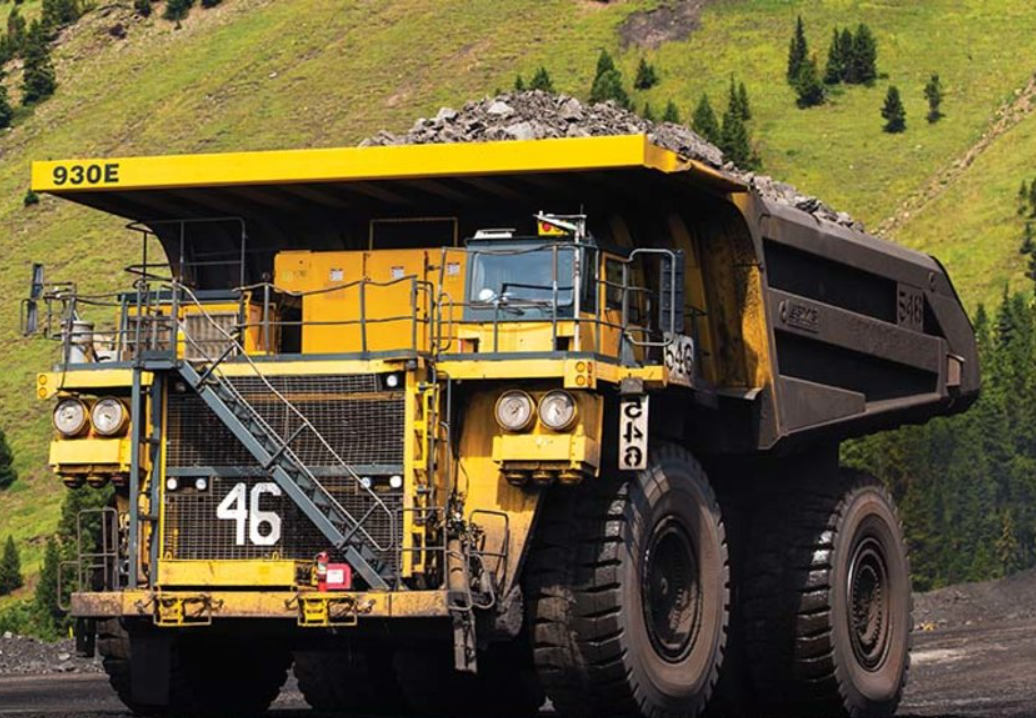
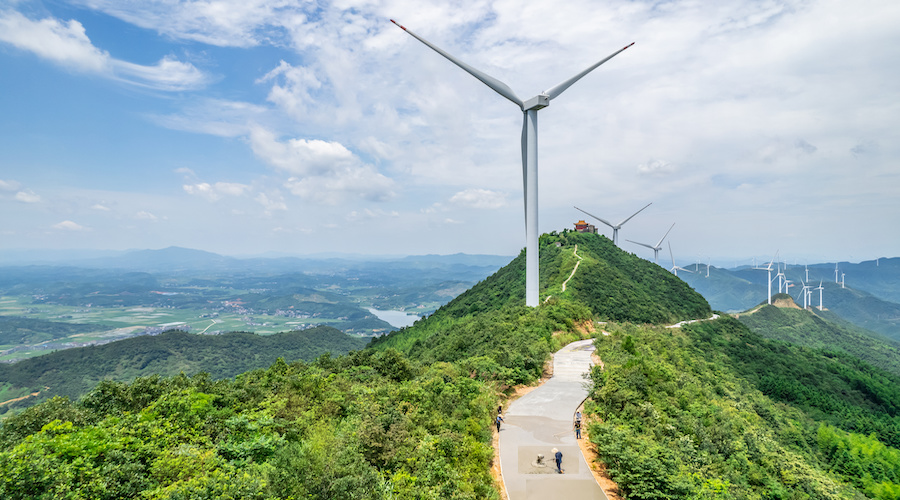
Comments
Alan Johnson
The joke is that we are actually entering the carbon era when carbon will replace aluminum, iron, lithium, cobalt, etc. Think graphene and carbon fiber. Future generations will wonder in amazement that we actually burned coal and did not preserve it to build our hyperloop transportation systems, earthquake-proof skyscrapers, bridges, electric cars and intelligent roadways. Coal and natural gas will become our go to sources of carbon.